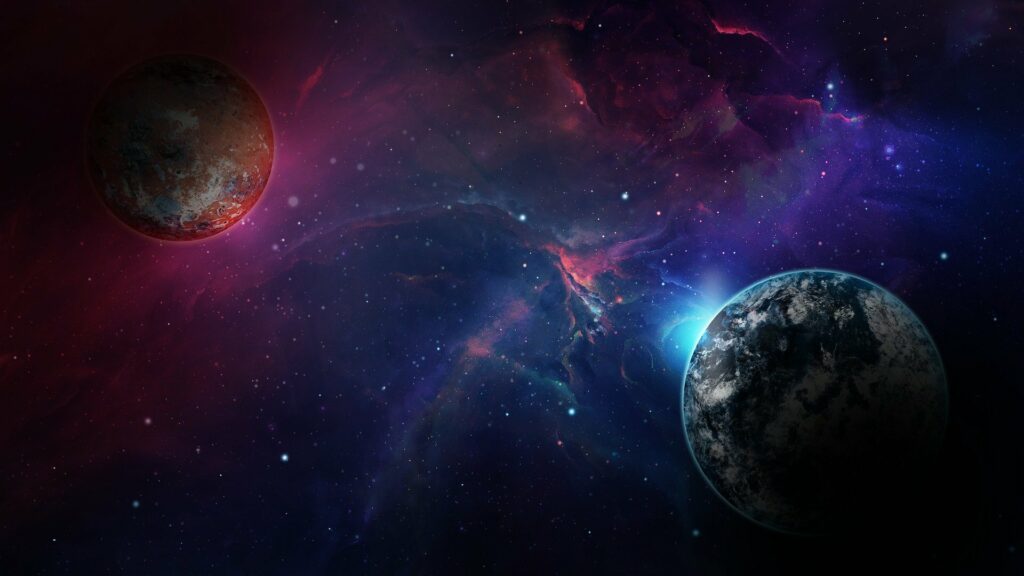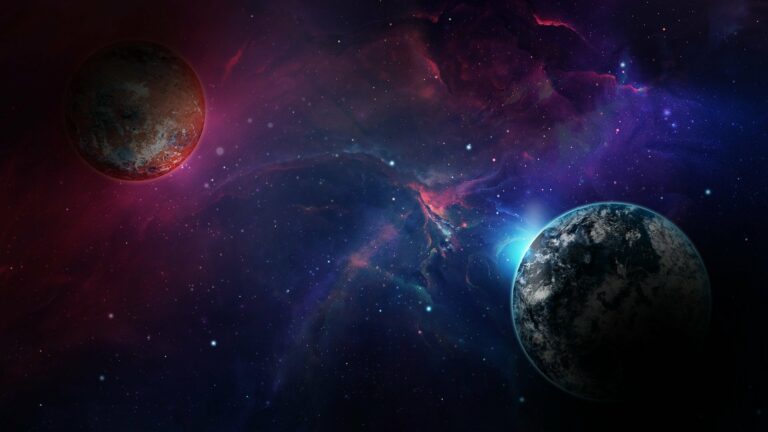What is the Basis for Identifying Distant Planets as Earth-like?
Scientists are uncovering an increasing number of planets in distant galaxies that bear resemblance to our own. What is it that distinguishes them? Expert Jérémy Leconte delves into the matter.
According to Leconte, there is no universal consensus on the criteria for a planet to be considered Earth-like. For some, the mere presence of a rocky surface is sufficient. This means a solid terrain, as opposed to gas giants like Jupiter or Saturn.To determine this, scientists initially measure the planet’s radius as it passes in front of a star, enabling them to estimate its size. To ascertain its mass, they observe the gravitational effect of the planet’s orbit on the star. Through these calculations, they can then deduce the planet’s density, distinguishing between solid worlds and gaseous entities.
“However, there are still rocky planets with temperatures reaching 2000 ºC, where the surface actually melts,” Leconte adds. These so-called lava ocean planets are far from habitable. “At least not for us.”
The subsequent step involves assessing whether the planet possesses a temperate climate, capable of sustaining liquid water on its surface. This is determined by the amount of light the planet receives, as well as its orbital characteristics.Nevertheless, some scientists require more than this to classify a planet as Earth-like. They seek to ascertain the presence of a suitable atmosphere. To achieve this, they once again observe the planet as it transits in front of a star. Certain gases obstruct specific wavelengths of light, resulting in the imprinting of the atmospheric signature on the incoming light.
The most challenging aspect lies in determining whether liquid water actually exists on the planet’s surface. The planet’s density may provide some clues, but the calculations must be exceedingly precise. This is due to the fact that even on oceanic planets like ours, where water covers 71% of the surface, it constitutes a minuscule fraction of the overall mass. To put it differently, while Earth’s radius measures approximately 6,000 km, the average depth of the oceans is only around 3.5 km.With the aforementioned knowledge at hand, most individuals would be content. “Unless, of course, you wish to personally encounter extraterrestrial life,” Leconte remarks, “when people start expecting to see aliens roaming down there.”

Examining exoplanets
Leconte, in the WHIPLASH project, devised a fresh set of tools and methodologies to scrutinize the atmospheres of remote planets.
Within the project, WHIPLASH established a novel framework to comprehend the physics and composition of exo-atmospheres, utilizing an innovative 3D simulator for planetary atmospheres.With the recent deployment of the James Webb Space Telescope (JWST) and the forthcoming Ariel mission by the European Space Agency, scientists will possess exceedingly detailed characteristics of far-off planets to explore.
This advancement could potentially unveil further insights regarding exoplanets encircling TRAPPIST-1, a star located merely 40 light years away from Earth, including the potential existence of liquid water on its surface.
Mission to a new Earth?
The red dwarf star Proxima Centauri is the star system closest to our own. Within this star system, Proxima Centauri b is the exoplanet that most closely resembles Earth. Despite its proximity, the journey to reach it would still take 40 years even if we were to travel at 10% of the speed of light.
Leconte comments on the possibility of using laser-propelled light probes, but considers it to be more of a science fiction concept rather than a feasible option in the near future. Therefore, it seems unlikely that a mission to Proxima Centauri will occur anytime soon.
This article is republished from PhysORG under a Creative Commons license. Read the original article.
Do not forget to share your opinion with us to provide you with the best posts !




0 Comments